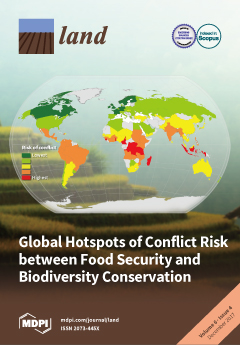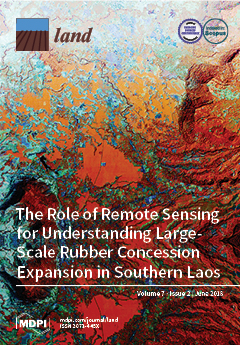Rwanda Environmental Policy.
The protection and management of environment are among the pillars of Vision 2020. The objective of the Government is that by 2020, it will have built a nation in which pressure on natural resources, particularly on land, water, biomass and biodiversity, has significantly been reduced and the process of environmental pollution and degradation has been reversed; a nation in which the management and protection of these resources and environment are more rational and well regulated in order to preserve and bequeath to future generations the basic wealth necessary for sustainable development.




